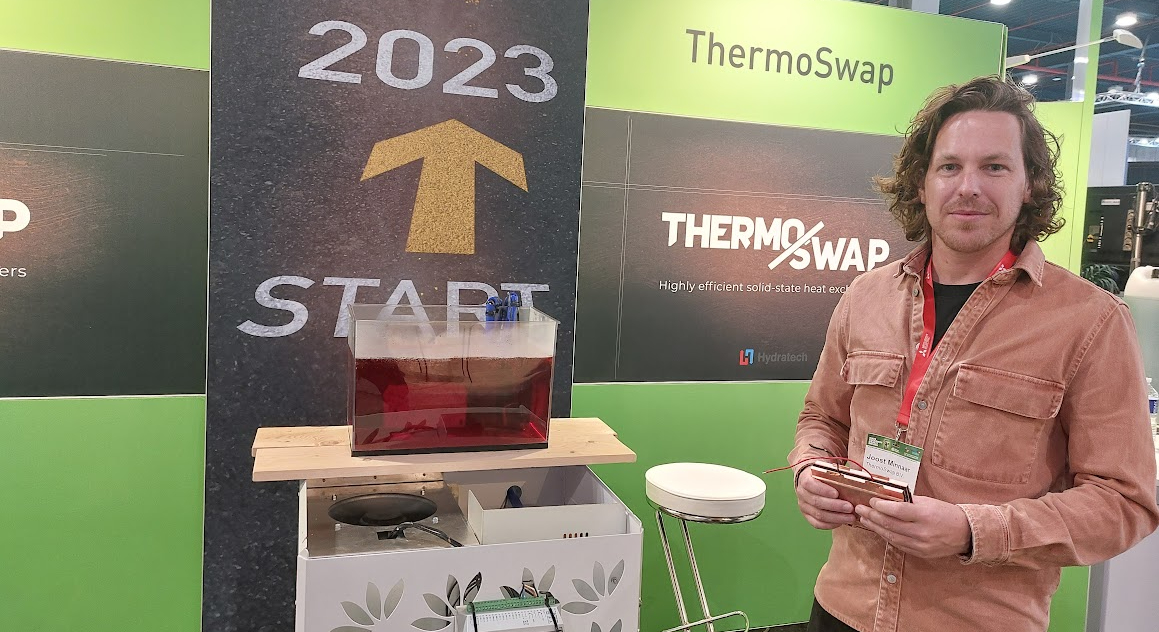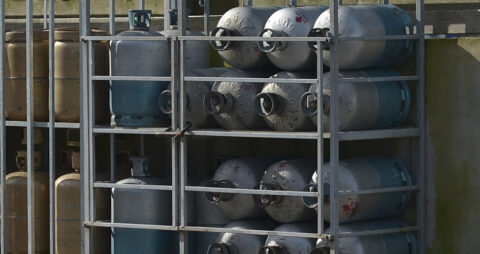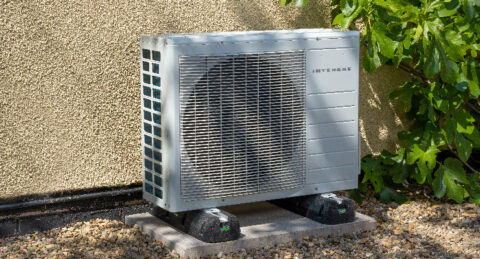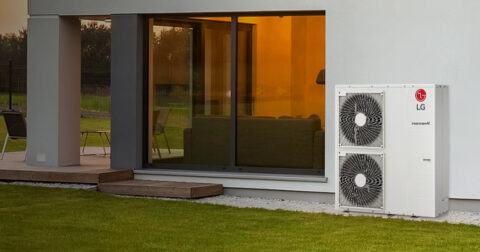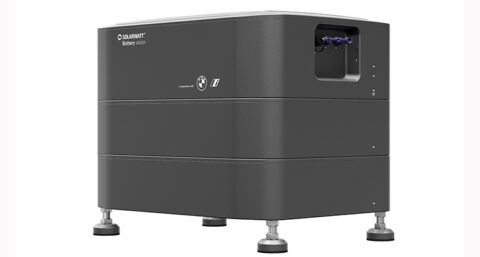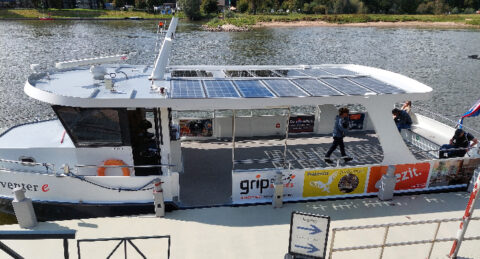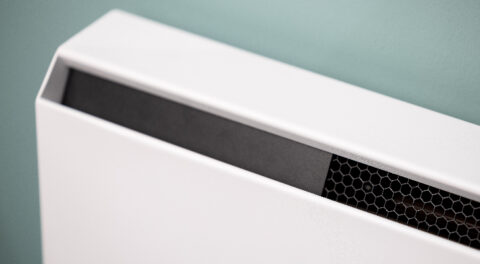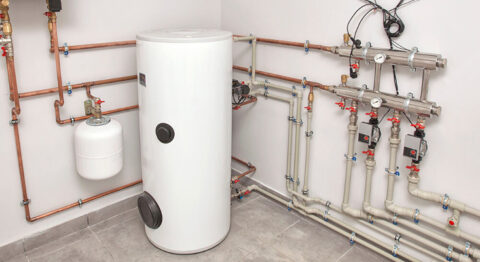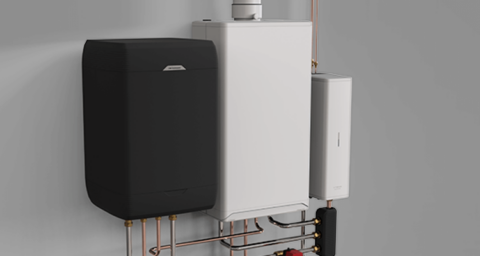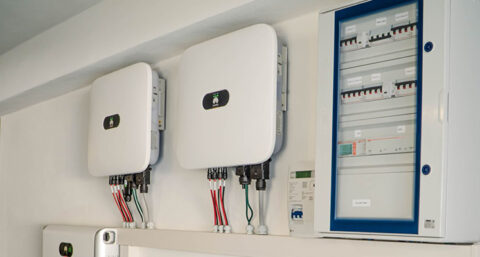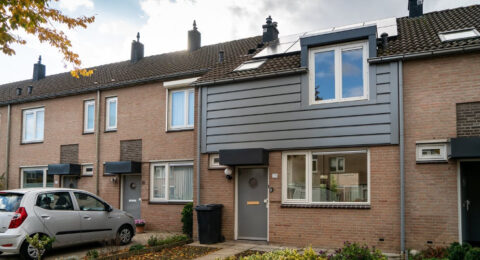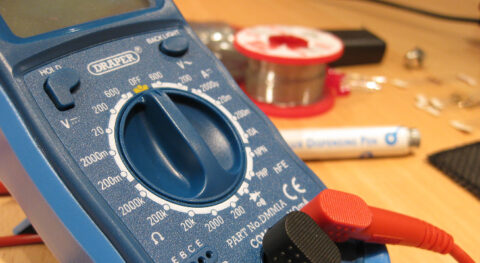A heat exchanger instead of a compressor in a heat pump. First of all, you no longer need toxic or environmentally unfriendly F-gases. In addition, it eliminates the cycles of compression and degassing, giving you a continuous stream of heat that is not constantly interrupted. ThermoSwap has found the solution to this, says Joost Minnaar explaining their system at VSK.
Current heat pumps lose a lot of efficiency because of the cycles of the refrigerant. This must first be pressurized and then degassed. The latter brings heating to a standstill, so you need another buffer tank. The efficiency through these cycles is about 60 percent. 'The efficiency of our solution is at 98 percent,' Joost says proudly. 'We have 0 footprint and therefore we are also very good for the energy transition.'
Continuous heat
ThermoSwap uses heat exchangers. They have been developing them for five years, but only a week ago they got the patent. So now they can come out of the garage and are on VSK. Joost shows how it works in trial and error.
It is a modular system, so it can be scaled very easily. If you want to bridge a larger heat difference, you can mount more elements in series one after the other. Each element heats the water flowing through it by about one degree. Because of that small heat difference, it requires relatively little energy. If you put ten or twelve in a row, you will continuously heat the water by 10 degrees. If you want more capacity, you put several such series-mounted elements next to each other. 'That is also much more compact than a classic compressor,' says Joost. 'It just gets heavier and heavier.' To illustrate that, he lets a copper element be felt. 'But it can all run on solar cells, the system has no spike in energy consumption, like a compressor has when the cycle is started.'
The article continues below the image

Skepticism at bottom
ThermoSwap's system is based on the Peltier effect. 'Because of this, there are also quite a few skeptics,' Joost explains. 'The peltier element has a bad name because of the hotel refrigerators in which it is used. Only lukewarm beer comes out of those things.' But in those refrigerators, air is used as a conductor, he continues. 'We use water and copper, and they conduct much better.'
Joost Minnaar is originally a chemist. Four years ago he became involved in the development. 'At the time I didn't believe in it myself,' he says. 'But I went there and then I saw with my own eyes that a 600-liter vessel was heated to boiling point in 10 hours. I thought: this is actually impossible, I want to know all about this.'
Besides the lack of cycles, the heat exchanger has other advantages over the compressor. There are no moving parts in it, so it doesn't break down. 'The elements can easily last 30 years,' Joost states. 'So they can be reused again and again. That's sustainable.
Water can also be heated to much higher temperatures than with a compressor. 'With the plates of the heat exchanger, you could basically go up to 200 degrees, although you don't want that. But you are no longer stuck with low temperatures, as with current heat pumps. Those usually go to only 60 degrees.'
Cooling and power from waste heat
The system will soon be tested by a number of manufacturers, by a major installation company and by UK Research Institute, say the TNO of the UK. 'They obviously have very large buildings and pools there that they need to heat, but also lasers that they need to cool.'
That also brings Joost directly to the steps yet to be taken. 'The next step is cooling. In itself, that shouldn't be a problem, because all you have to do is reverse the flows. But there is still some engineering involved in that.' Step 3 is then using the Seebeck effect. That is, using this system, residual heat from power plants, for example, can be converted into electricity. 'The cooling water is now simply discharged into the sea, but with this you can therefore also extract electricity from it.'
